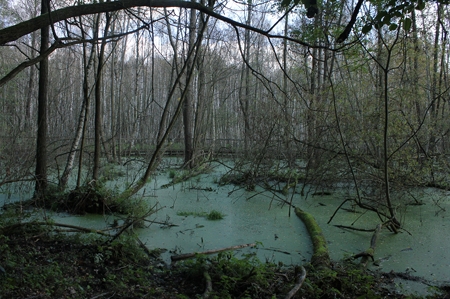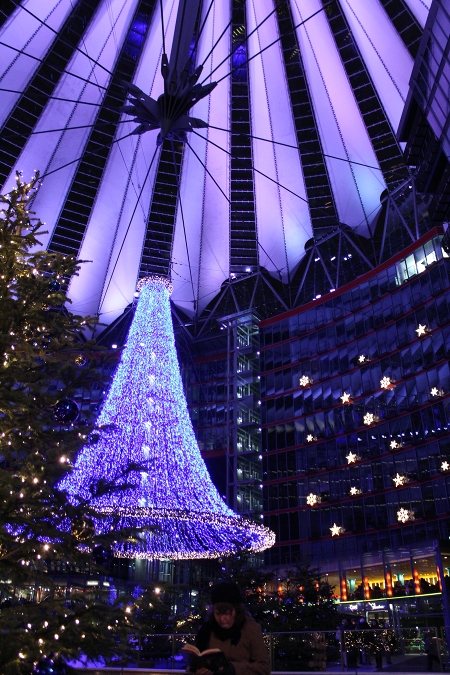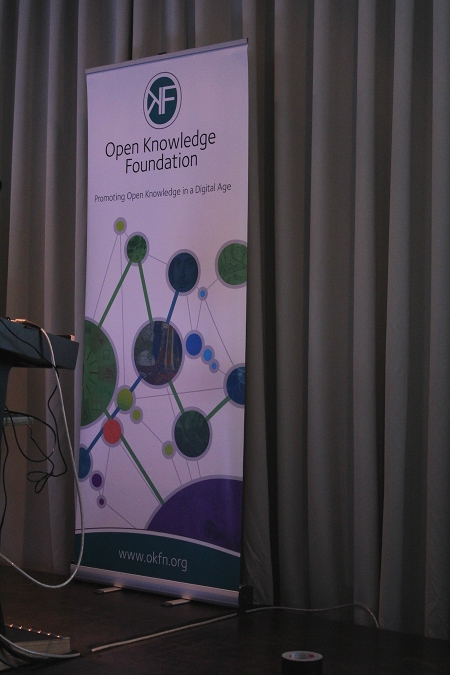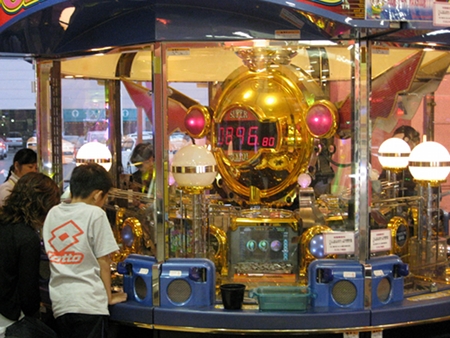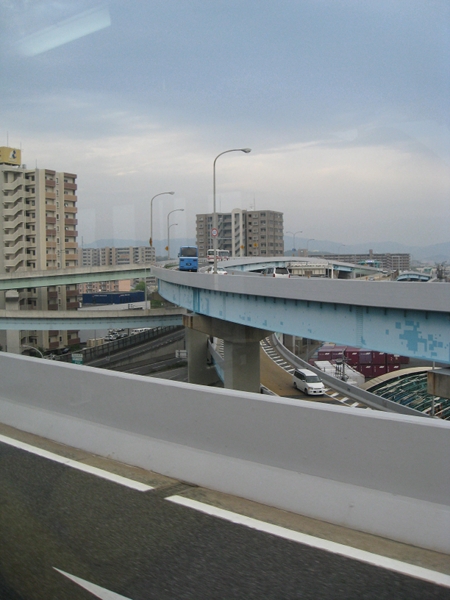knowledge economy
Tuesday, February 28th, 2012In the content of the previous blogpost I used the word knowledge economy. In an Interview, which was given at the Innovationsforum 2010 Prof. Wurzer of the Steinbeis Transfer Institute gives an introduction to the difference between classical industrial economy and knowledge economy.
Citation form the transcript of the interview (without guarantee that I heard everything rightly):
[…] da erleben wir eben, das wir heute immer weniger Geld damit verdienen Produkte herzustellen, die man sozusagen anfassen kann [..gives examples for tangible products…] all die Hersteller, die Dinge produzieren, die man anfassen kann die haben eine relativ geringe Produktivität [..thats what I understand he probably menat Profitabilität…] und die Unternehmen die weiter hinten in der Wertschöpfungskette stehen also zb der Telekom Provider, die haben schon eine etwas höhere Profitabilität und Unternehmen, die dann ganz hinten stehen, wie zb Research in motion, also Blackberry, die haben eine extrem hohe Profitabilität. Und so ein Unternehmen wie Blackberry das betreibt bestenfalls noch Rechenzentren, wenn sie das überhaupt tun, genaugenommen ist alles was das Unternehmen macht einen Übertragungsstandard zur Verfügung zu stellen, ihn zu lizensieren und insofern also ein vollkommen immaterielles Geschäftsmodell zu betreiben. […]
Translation without guarantee:
[…] we see here that we earn less and less money with tangible products [..gives examples for tangible products…] All those producers which produce tangible products have a relativ small productivity [..thats what I understand he probably meant profitability…] and companies which stand at later stages of the value chain, like the telecom provider have a higher profitability and companies at very later stages, like research in motion, i.e. Blackberry are extremely profitable. And a company like Blackberry operates at best data centres, if at all. Strictly speaking all what the company does is to provide a broadcasting technology, to licence it and thus to provide a completely immaterial business model.
There is eventually more to hear on that issue at the trendforum 2012 for those who want and can pay the conference fee of 1980 Euro +tax for march 21 and 22 in 2012 in Berlin.
